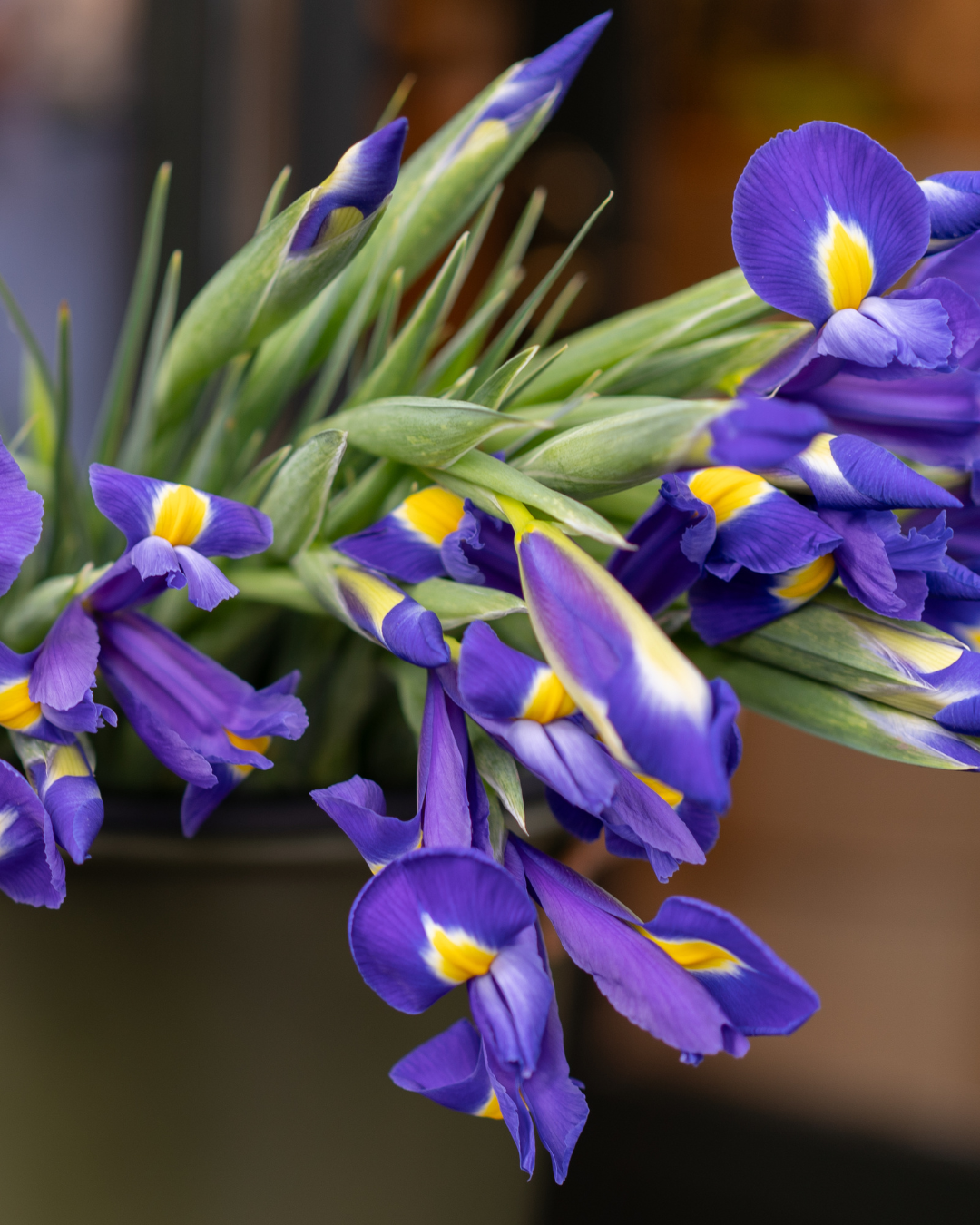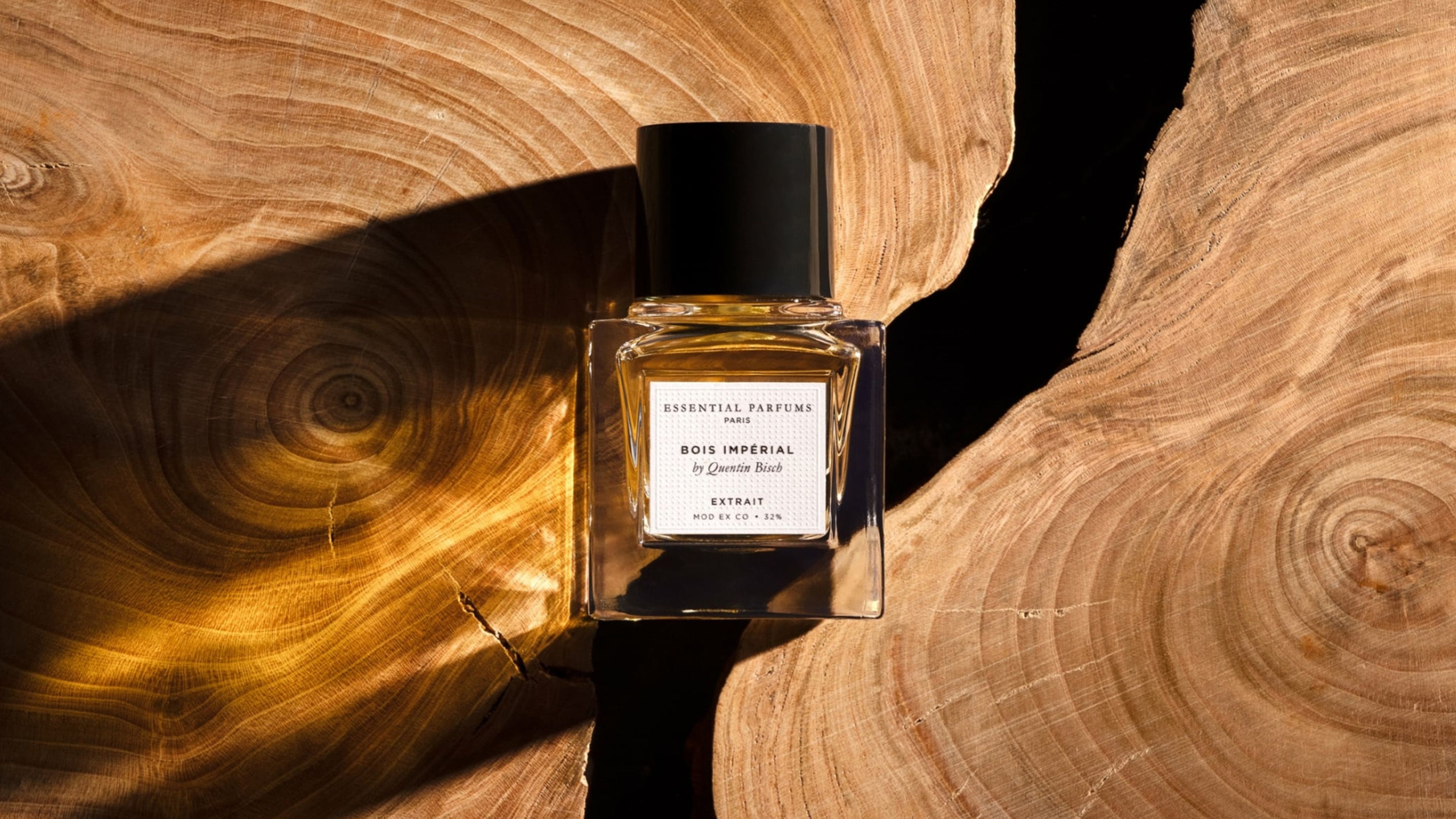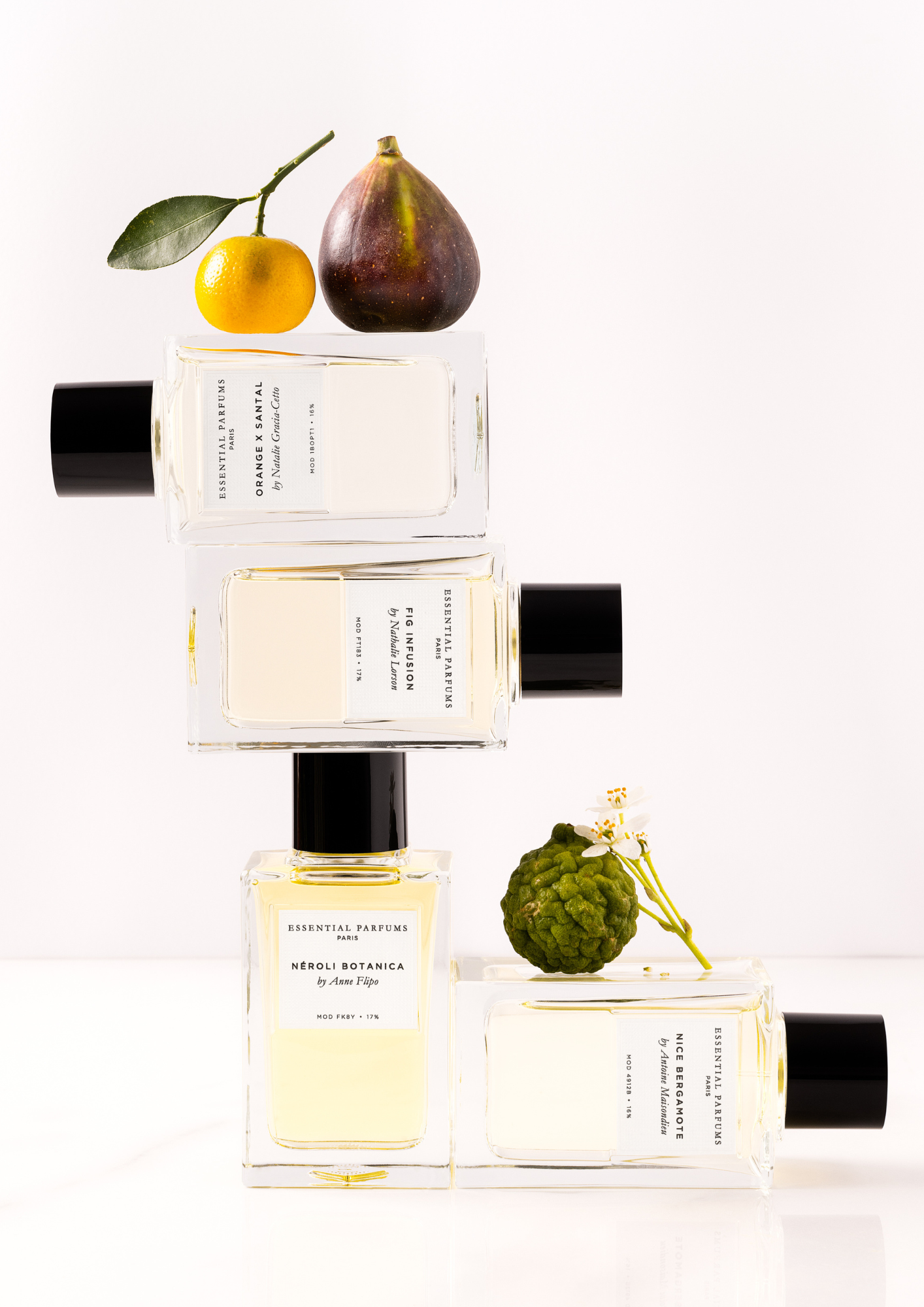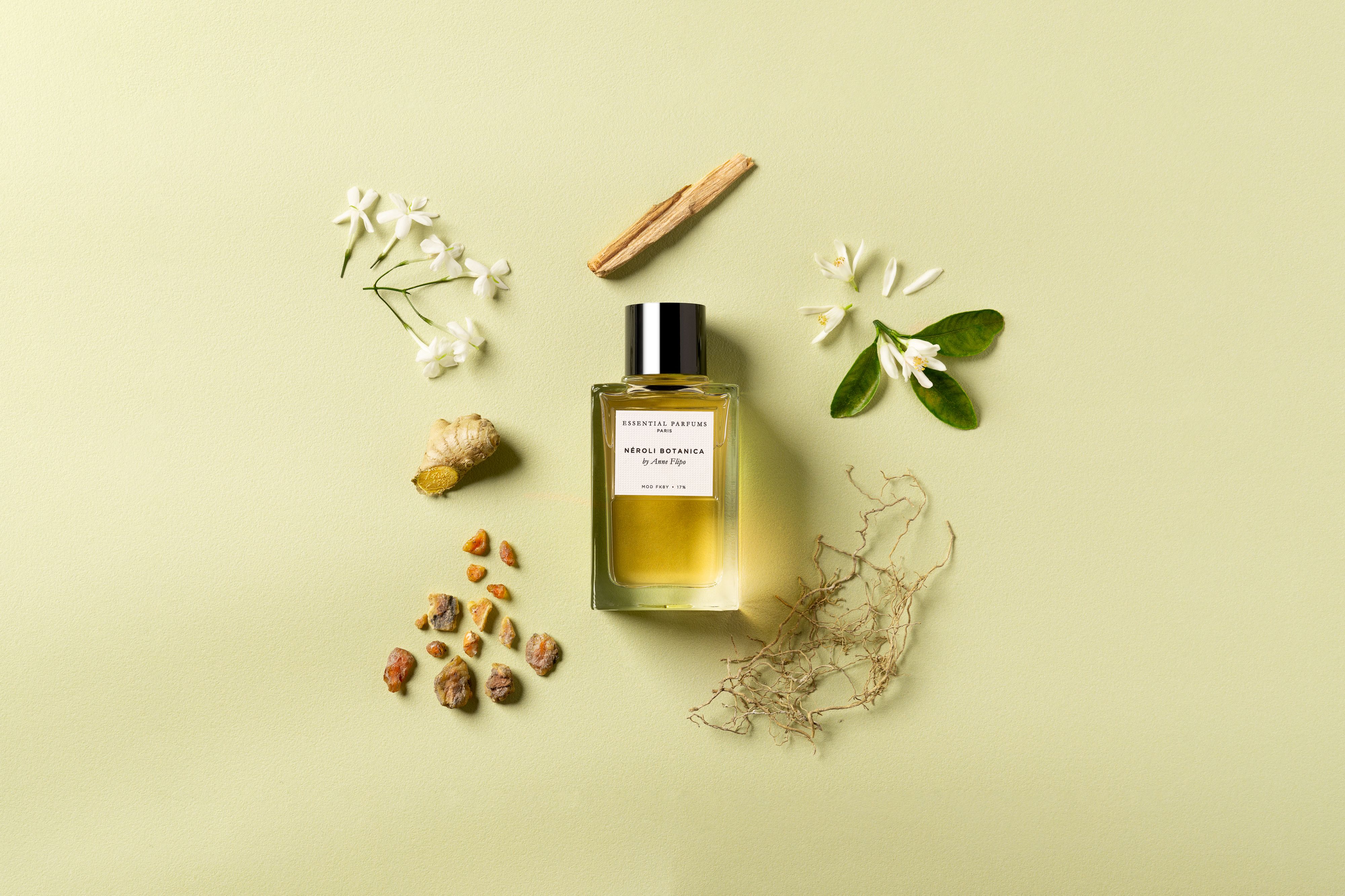
News

The pop-up flower shop by Essential Parfums x Galeries Lafayette Champs Elysées
To celebrate the launch of Velvet Iris, Essential Parfums is bringing its iris flower shop to life at Galeries Lafayette Champs Elysées.
From 24 June to 7 July, visit Galeries Lafayette Champs Elysées to immerse yourself in this ephemeral installation full of exclusive surprises.
Discover our two exclusive events not to be missed.

Velvet Iris by Dominique Ropion
The eleventh creation from Essential Parfums, Velvet Iris embodies an encounter. That of a legendary creator, Dominique Ropion, with one of the most exceptional flowers on the perfumers' palette.

A multisensory journey through Bois Impérial Extrait
A fusion of electro and experimental pop, orchestral sounds and a hint of Asian vibes, this playlist takes you on an imaginary journey through a hushed, sensual night. A mysterious clair-obscur evocative of a romantic rendez-vous in Vietnam or elsewhere.

Say Hello to Autumn
Autumn is here. The leaves are falling, the colors are warmer and the air is filled with the woodsy freshness that heralds the return of elegant coats and cozy scarves. With autumn come cocooning evenings, forest walks and the desire to warm up around a cup of tea and a roaring fire. Inspired by this mysterious season, Fabrice Pellegrin offers us the autumn signature.

Summer with Essential Parfums
This summer, let yourself be transported by your fragrances and set off on the most beautiful of journeys in the company of our perfumers.

Néroli Botanica by Anne Flipo
10th creation, 10 surprises, 1 iconic flower…Essential Parfums invites you to celebrate the launch of its 10th fragrance, Néroli Botanica by Anne Flipo. To mark this symbolic event, 10 surprises and events await you throughout June and July. Ask for the programme!